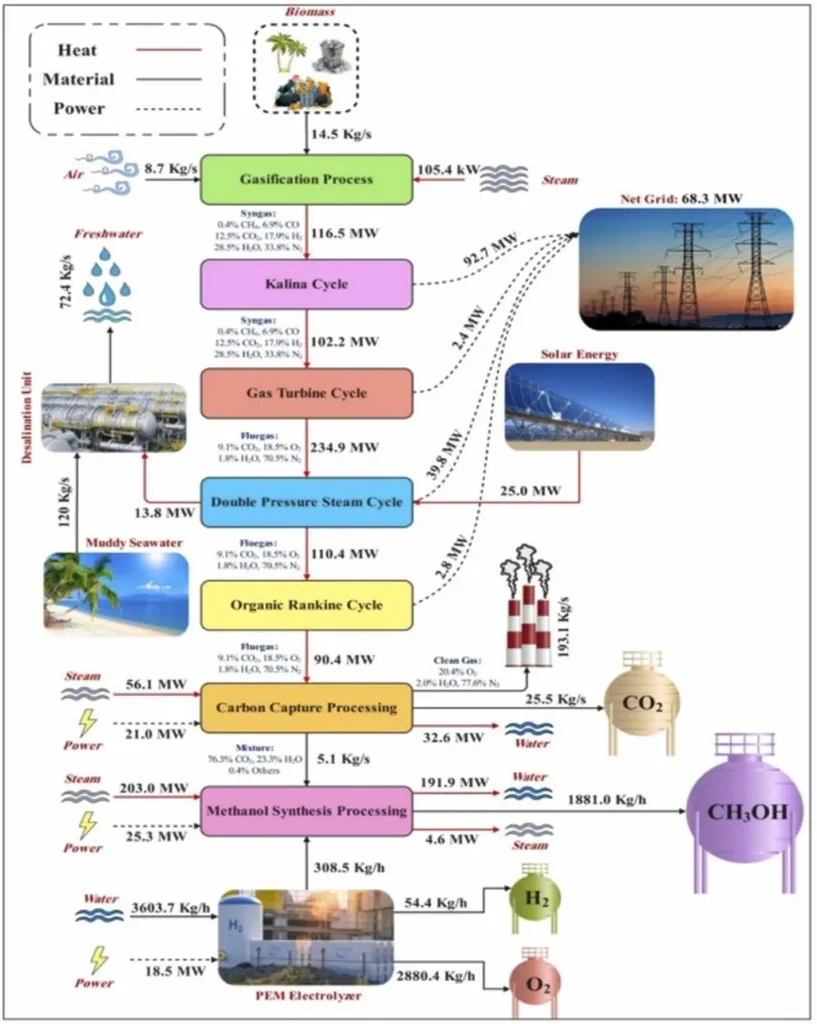In a significant stride towards enhancing maritime safety and operational efficiency, a novel algorithm has been developed to assess the technical condition of ship power plants. The research, led by V. Vychuzhanin, integrates several advanced techniques to improve the accuracy and adaptability of diagnostics in dynamic and uncertain environments. The study was published in the journal ‘Information Technologies and Computer Engineering’, a publication that focuses on the intersection of information technology and engineering solutions.
The algorithm combines case-based reasoning (CBR), Bayesian networks, Markov processes, and cognitive simulation modelling. Each component plays a distinct role: CBR provides analogies to previously observed failures; Bayesian networks quantify probabilistic links between interrelated faults; Markov chains model the temporal degradation of equipment and estimate transition probabilities between operational states; and cognitive modelling allows the generation and testing of rare or cascading failure scenarios under variable conditions.
According to Vychuzhanin, “The integration of these elements ensures that the algorithm dynamically updates failure probabilities and adapts to changing operational data.” This adaptability is crucial in the maritime sector, where conditions can be unpredictable and data may be limited.
The practical implications of this research are substantial. The algorithm’s ability to improve predictive maintenance planning can lead to reduced equipment downtime and increased operational reliability. This is particularly important for the maritime industry, where equipment failure can result in significant financial losses and safety risks.
The simulation results demonstrated several improvements. The average prediction error for the remaining useful life of components was reduced from 9% to 5.7%. The accuracy in identifying rare and cascading failures increased by 18% due to the use of cognitive modelling. Bayesian correction reduced false positive diagnoses by 7.2% compared to baseline CBR systems. Overall, the predicted failure probability for 25,000 hours of operation was reduced from 83% (Bayesian-only model) to 68% with full model integration.
This research opens up new opportunities for the maritime sector. The modular architecture of the algorithm enables its adaptation to various types of industrial technical systems, making it a versatile tool for predictive maintenance. As Vychuzhanin notes, “The practical significance of the proposed algorithm lies in its ability to improve predictive maintenance planning, reduce equipment downtime, and increase the operational reliability of complex marine engineering systems.”
In conclusion, this research represents a significant advancement in the field of predictive maintenance and has the potential to greatly benefit the maritime industry. By improving the accuracy and adaptability of diagnostics, the algorithm can help to enhance safety, reduce costs, and increase efficiency in maritime operations.

